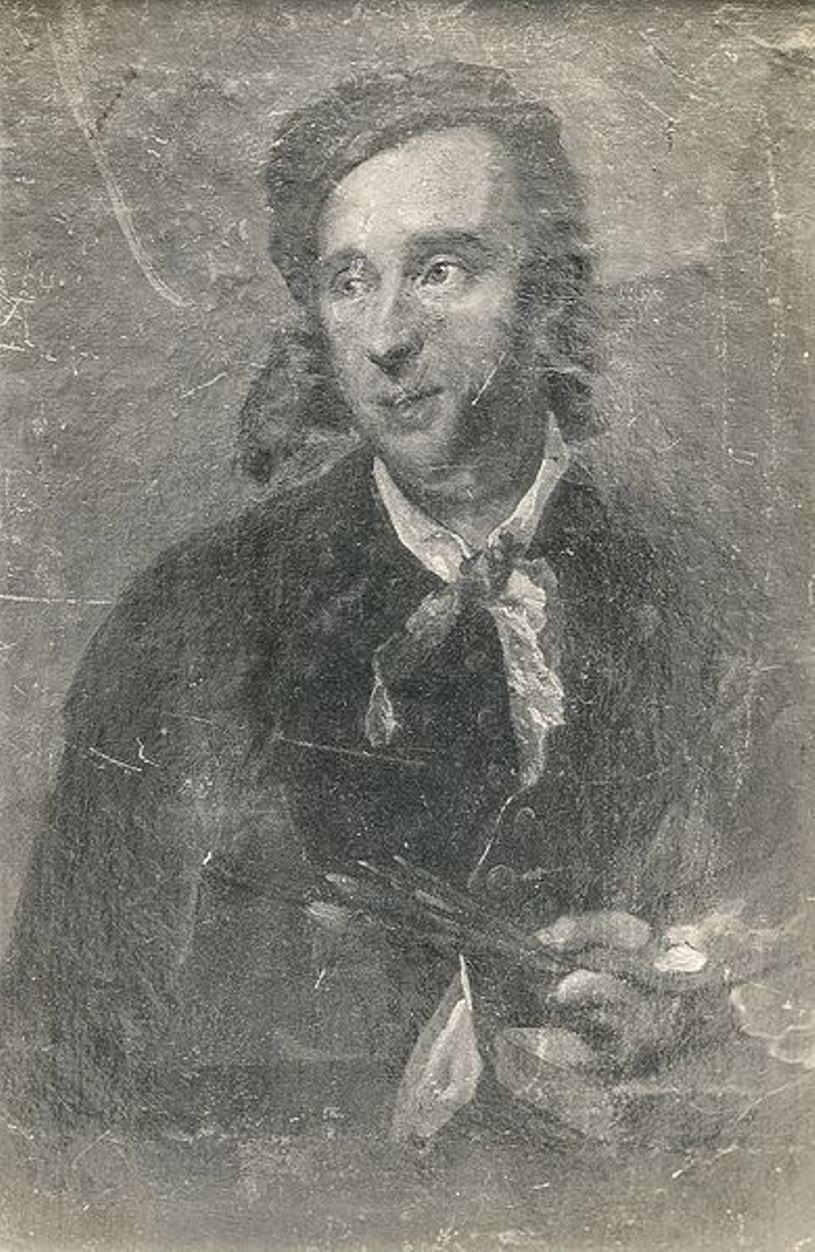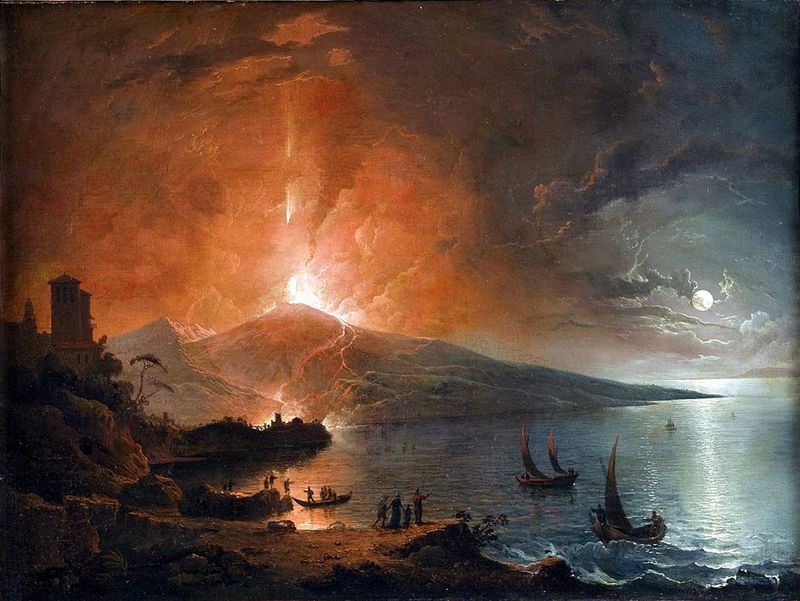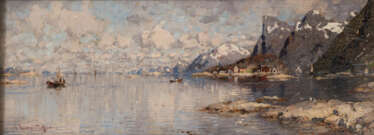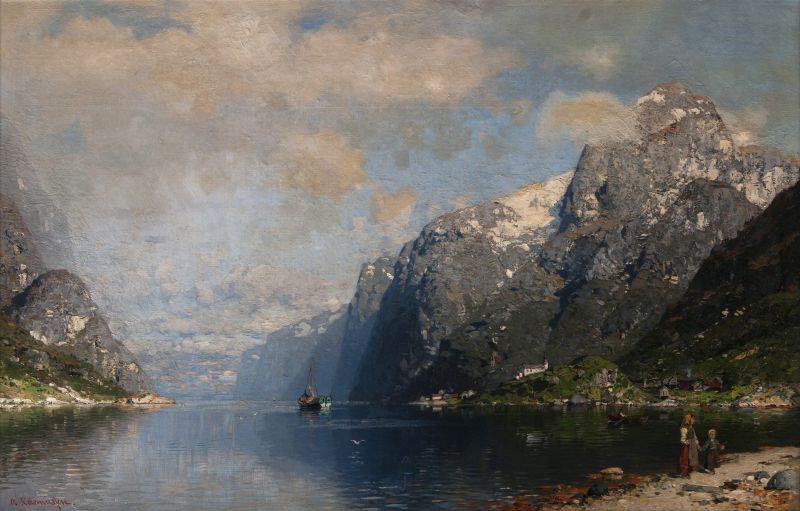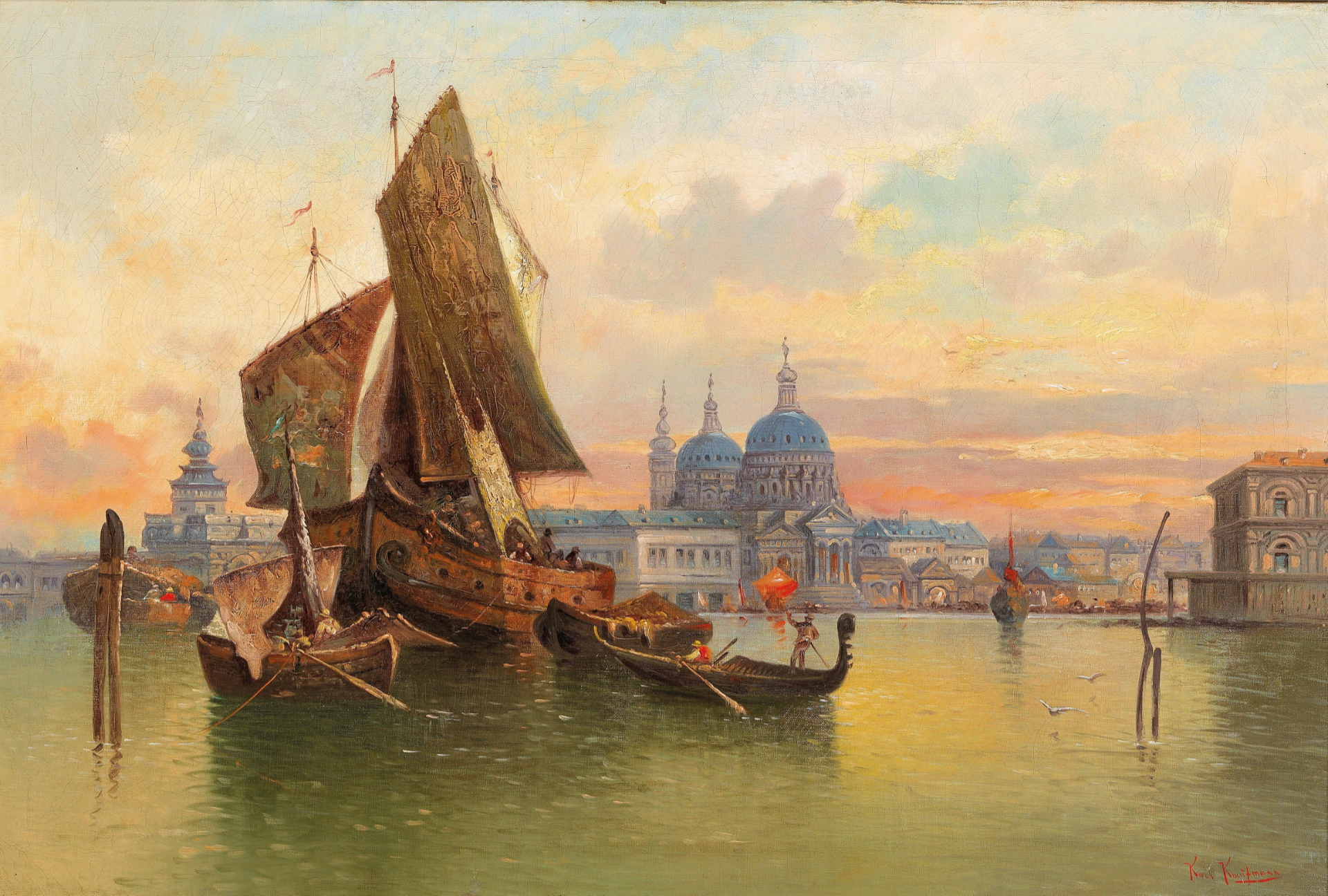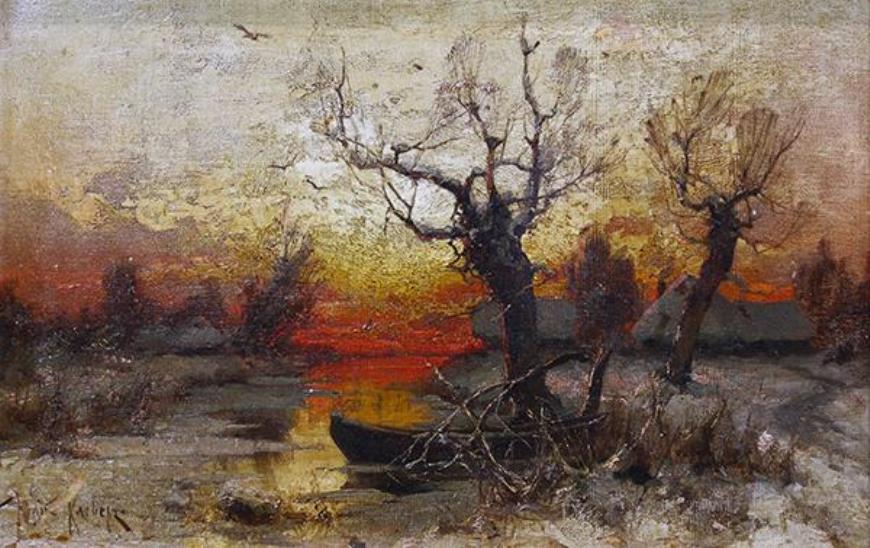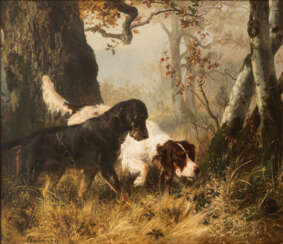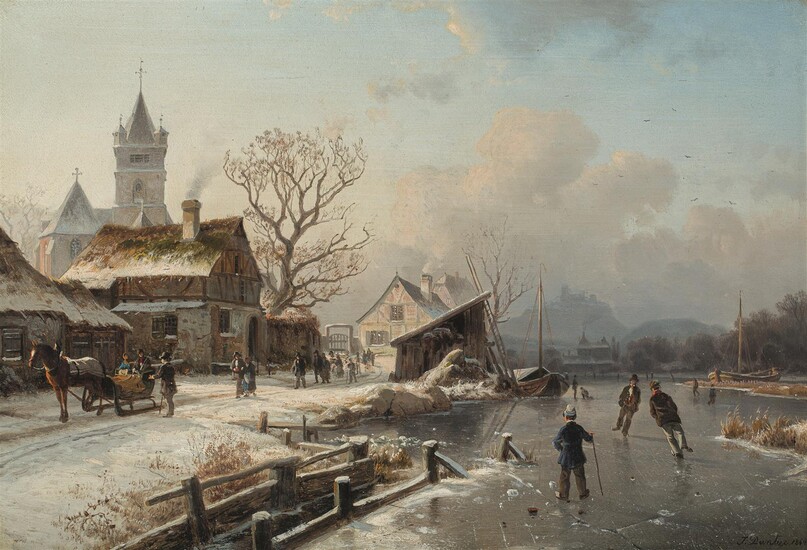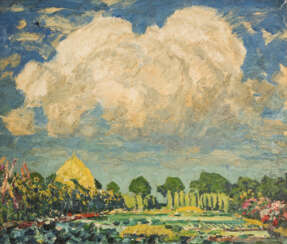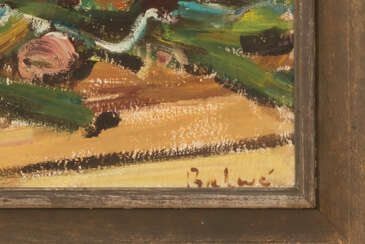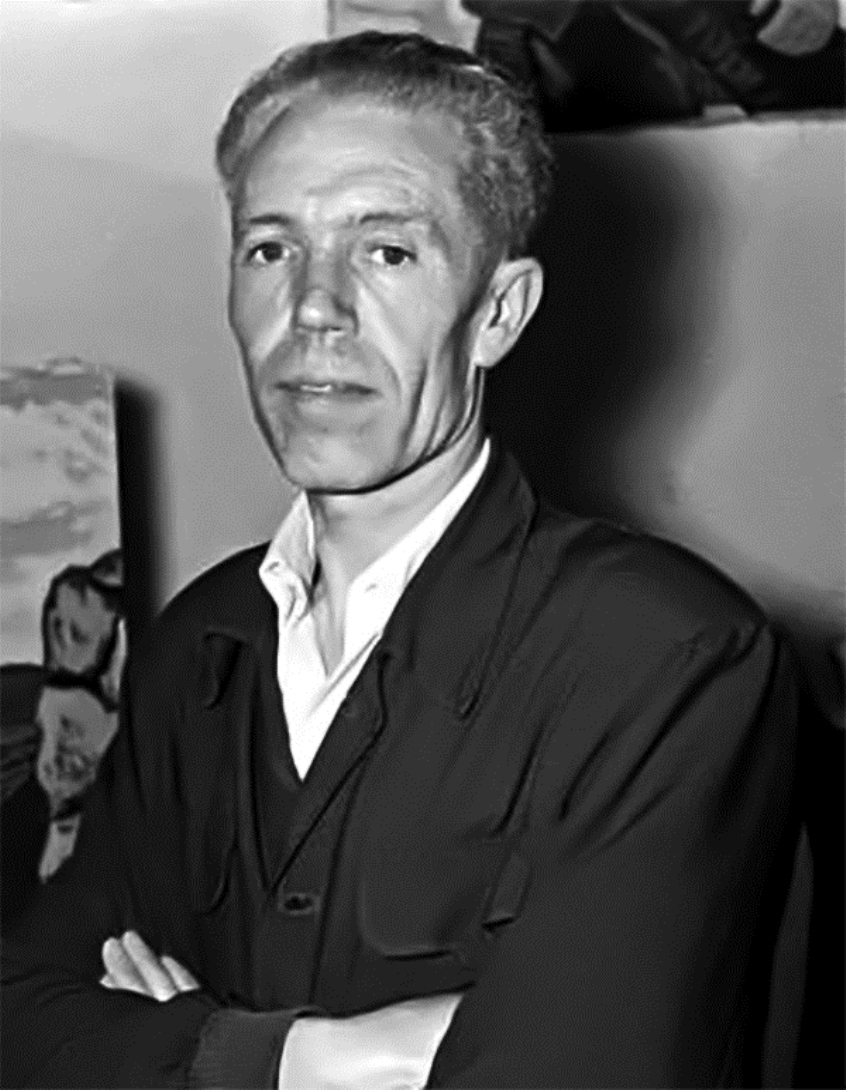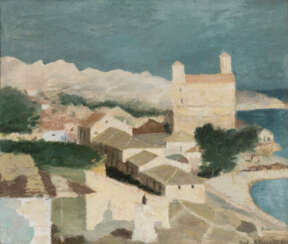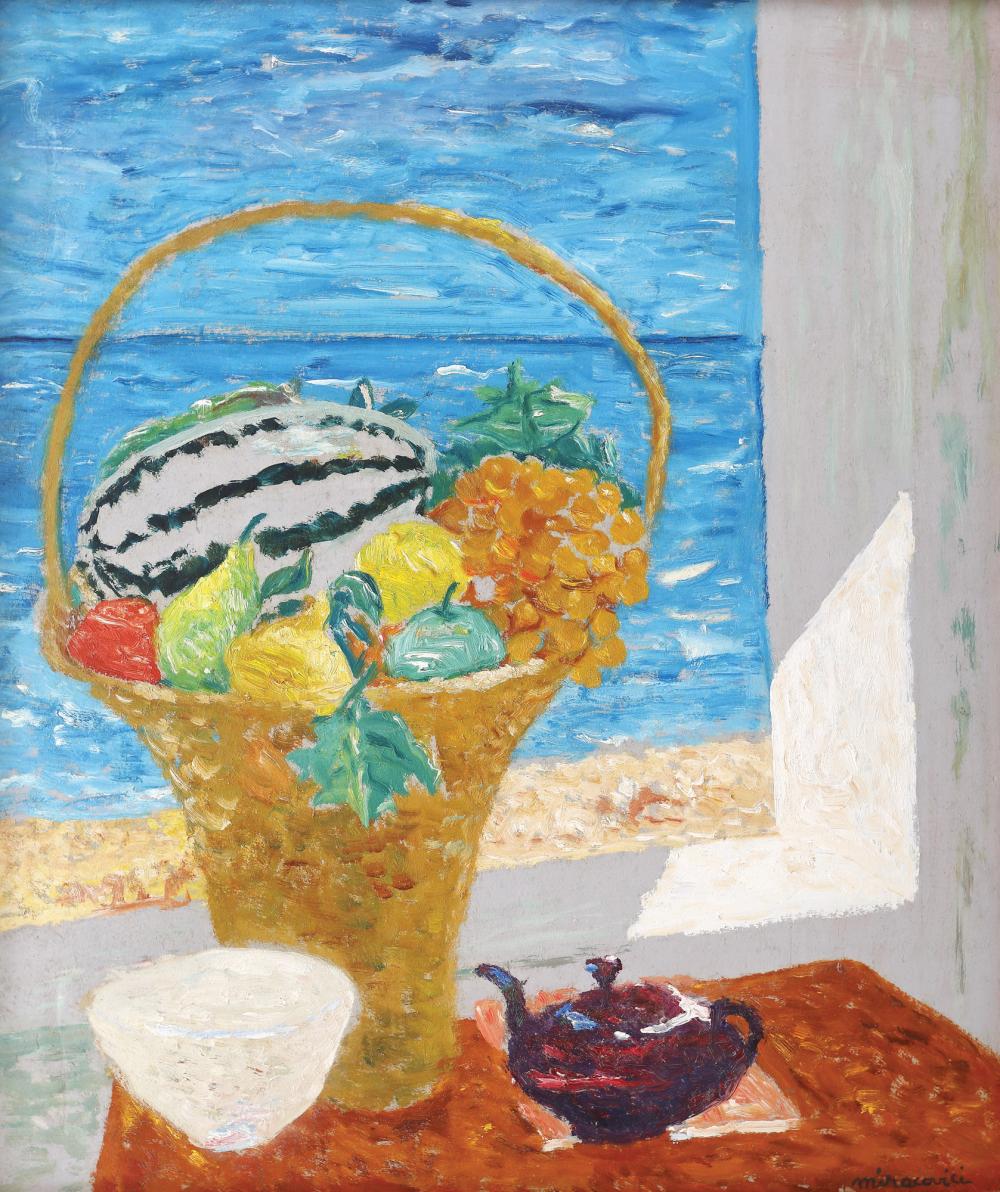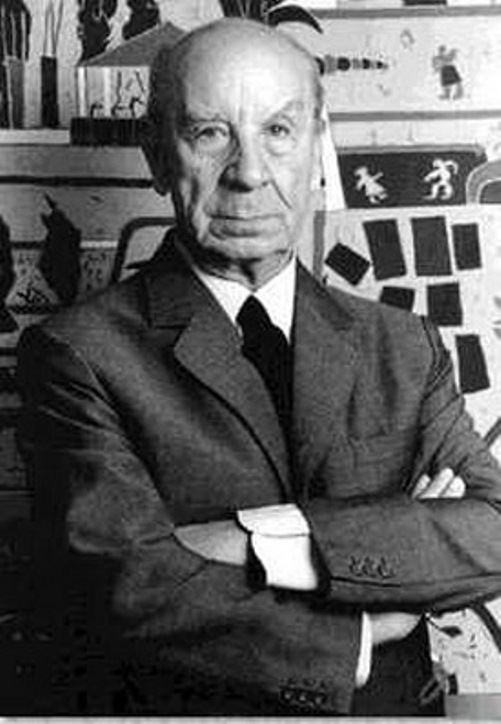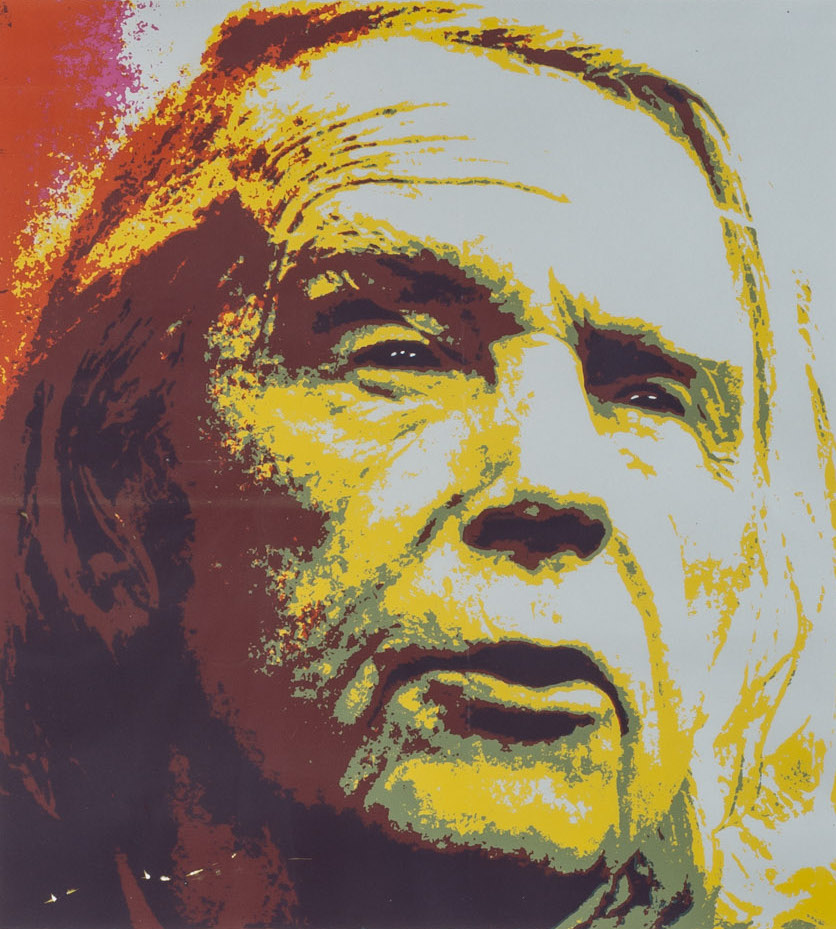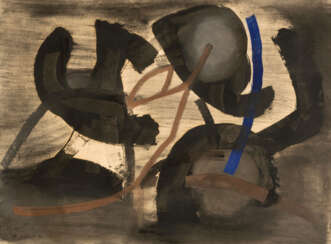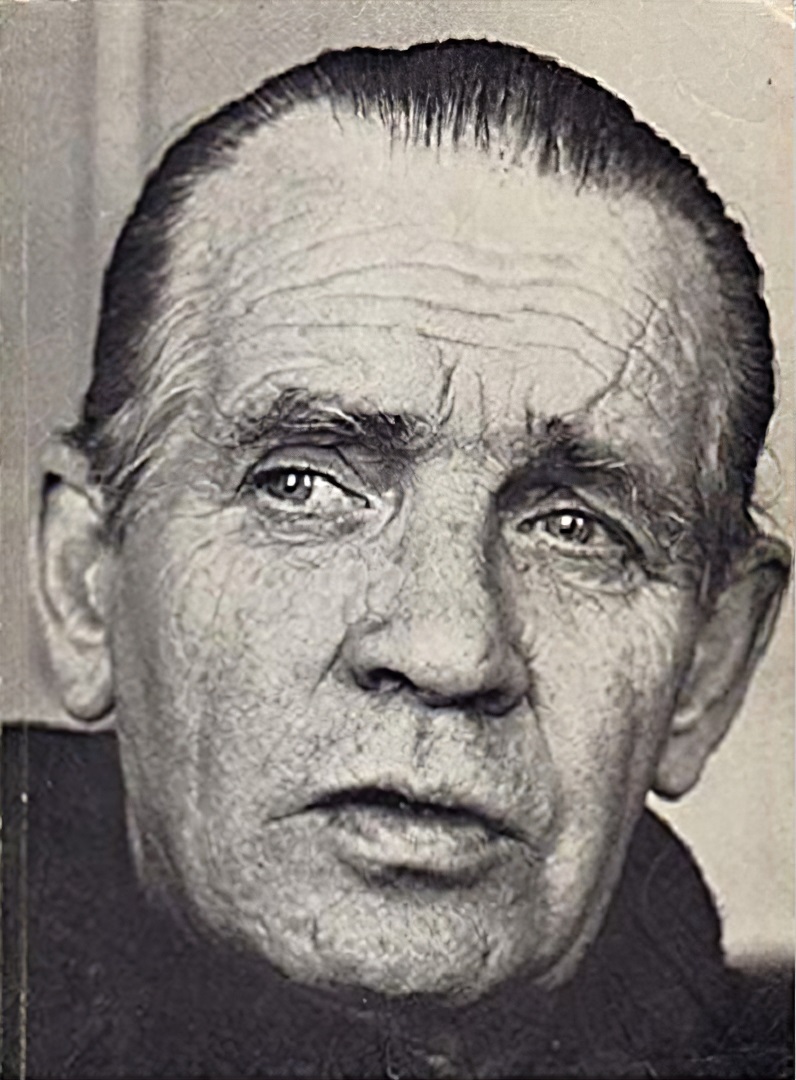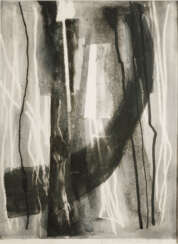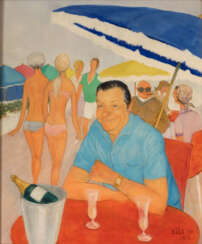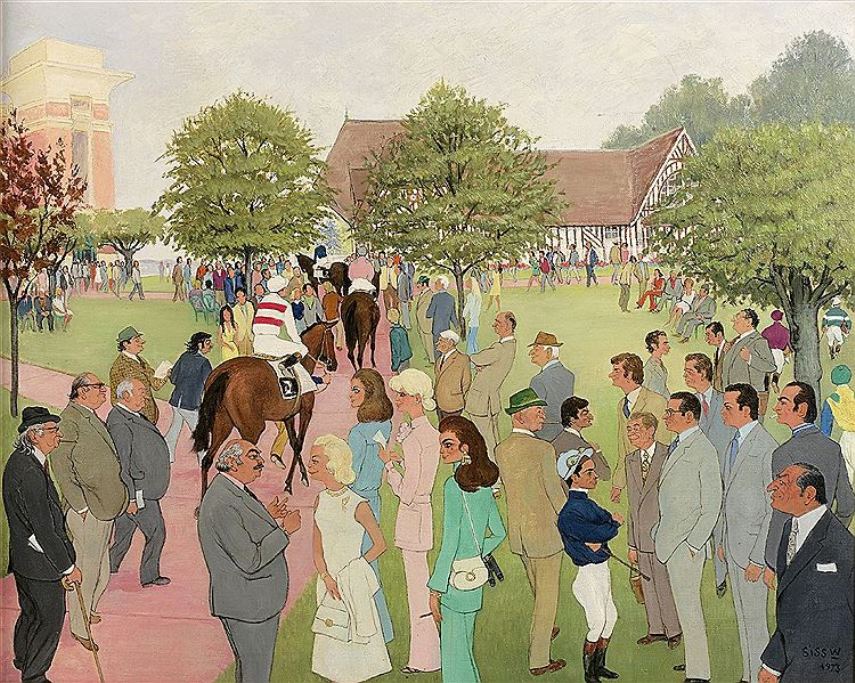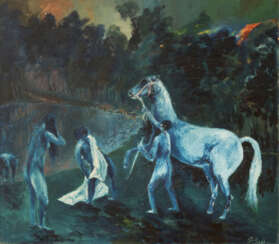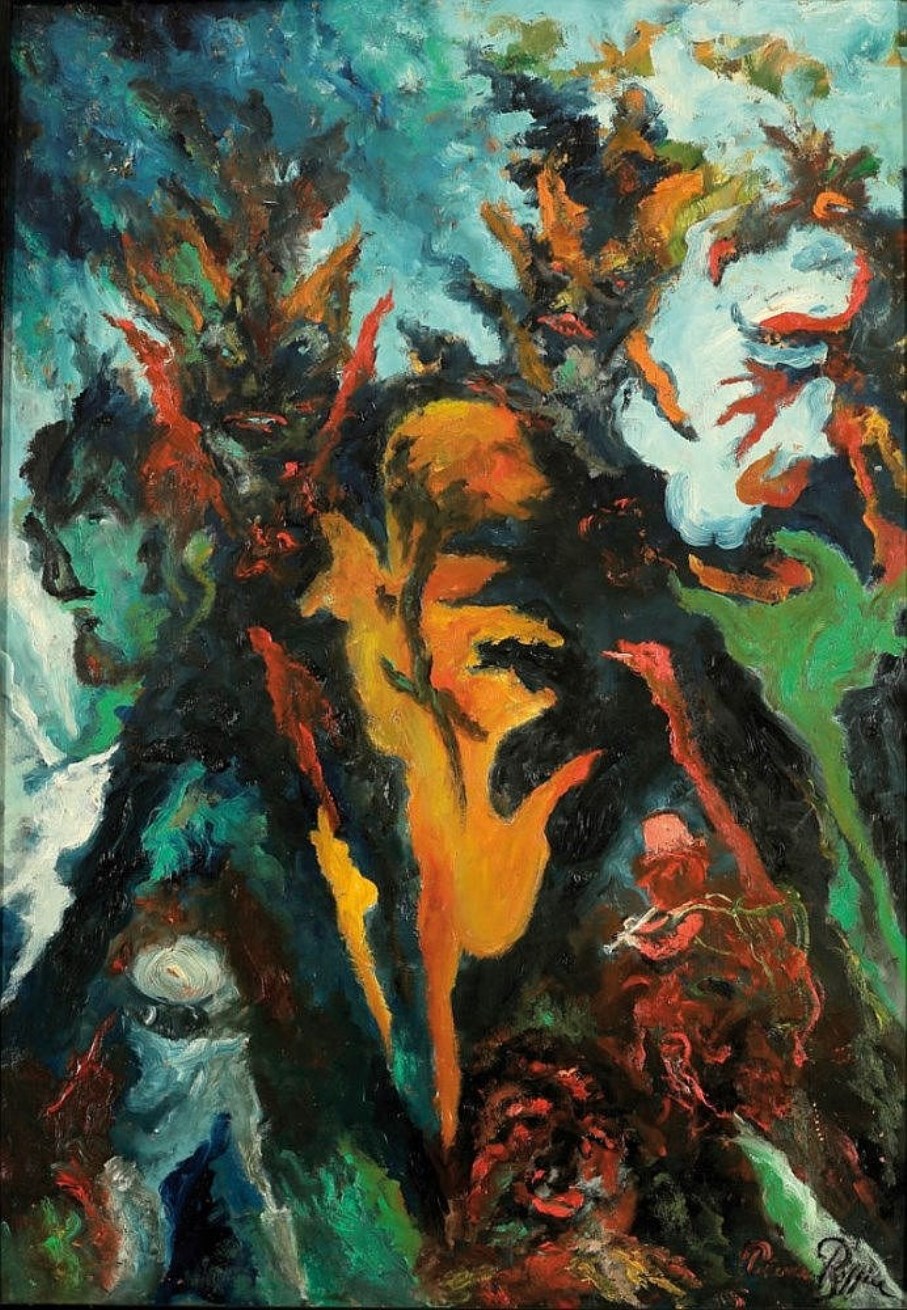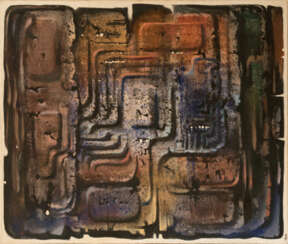
Painting of the 19th and 20th century — Alte Kunst | Moderne & Zeitgenössische Kunst
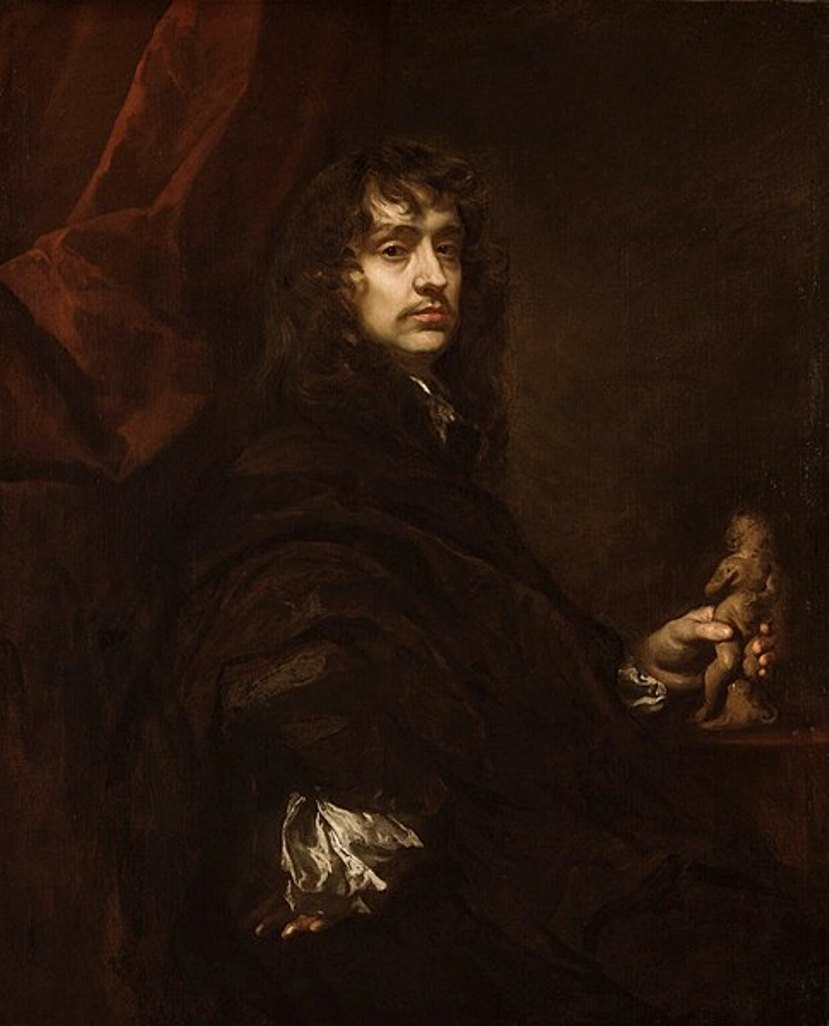
Peter Lely, née Pieter van der Faes, was an English painter of Dutch origin, a member of the Guild of St. Luke in Haarlem.
In England his talent as a portrait painter was very highly regarded, he became a British subject and was knighted. For many years Lely had the title of the most fashionable portrait painter in England. He was the chief portrait painter at the court of Kings Charles I and Charles II. Lely painted many portraits of noble knights and ladies of the court.
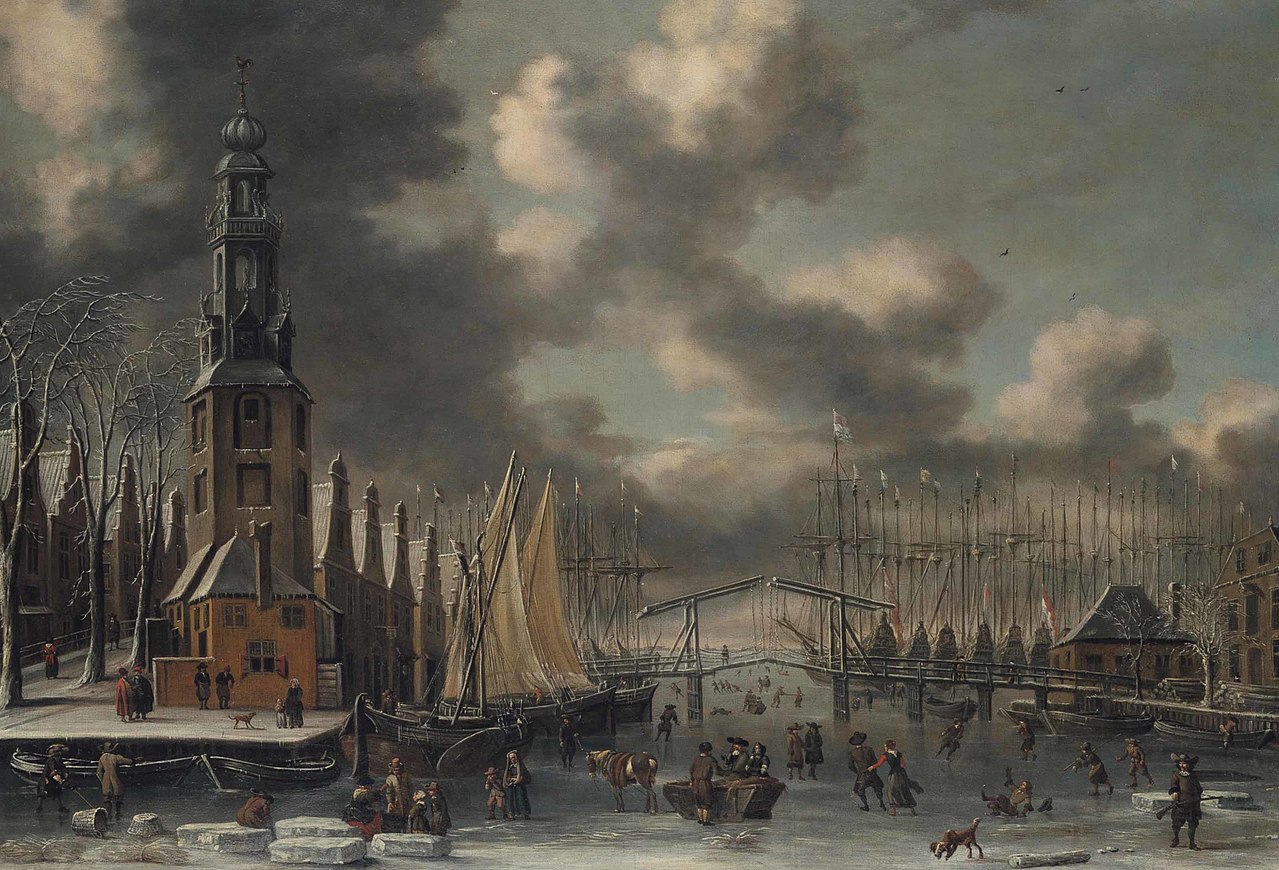
Thomas Heeremans was a Dutch painter and art dealer. He is known for his landscapes of winter scenes, cityscapes, harbor scenes, beach views, river views and village scenes. He was influenced by Klaes Molenaer, a slightly older painter also from Haarlem.
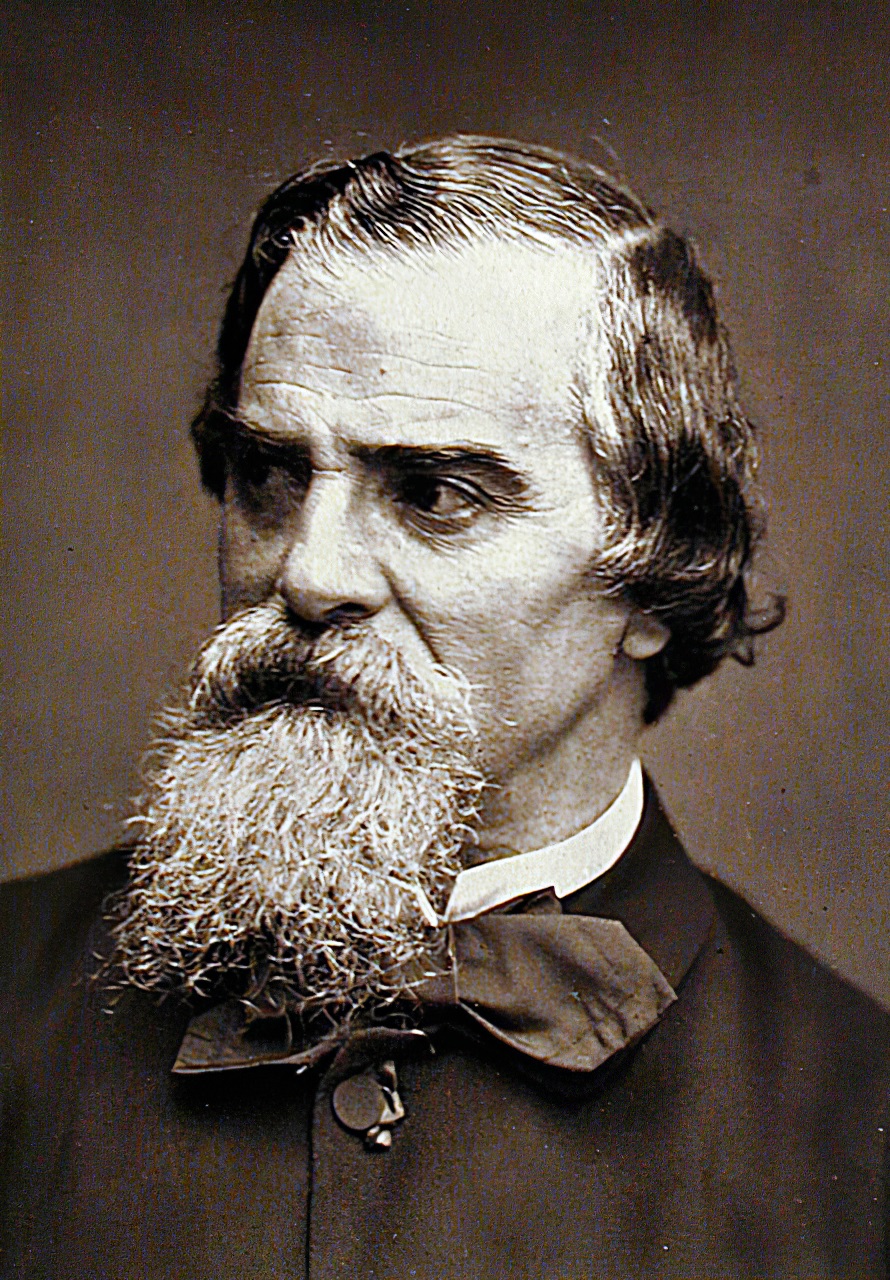
Narcisse Virgilio Díaz de la Peña was a French painter of the Barbizon school.
Díaz exhibited many pictures at the Paris Salon, and was decorated in 1851 with the rank of Chevalier (Knight) of the Légion d’honneur.
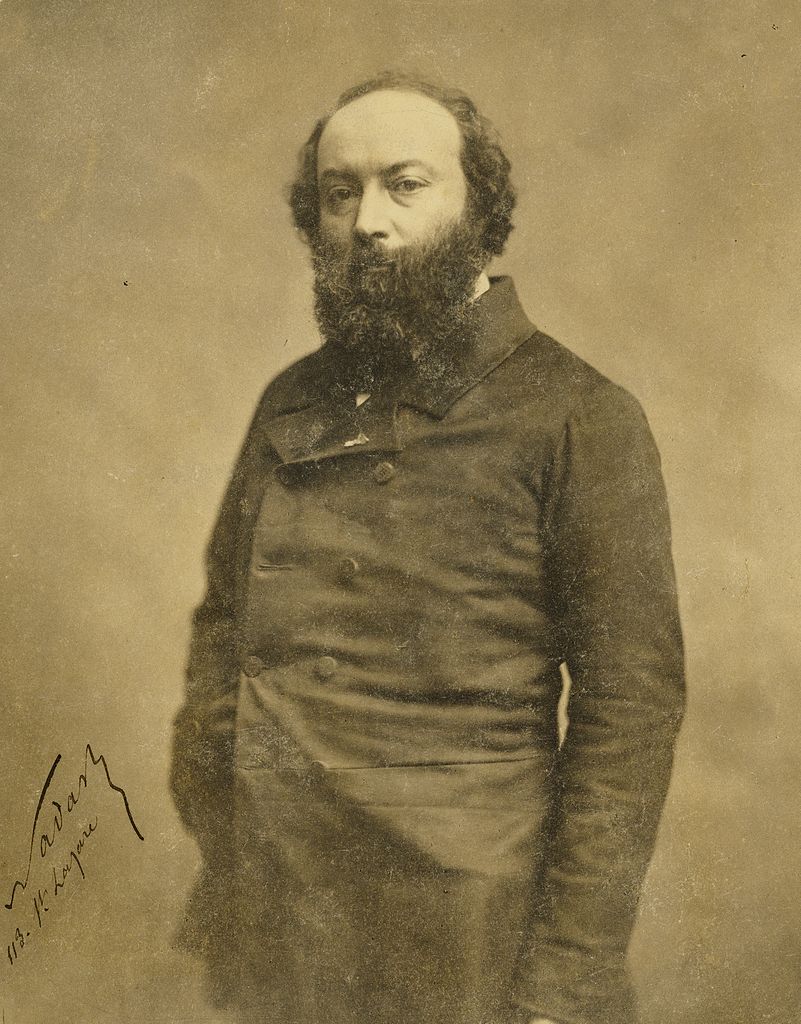
Théodore Rousseau was a prominent French painter, celebrated for his pioneering contributions to the Barbizon school of landscape art. His dedication to capturing nature's essence made him a pivotal figure in landscape painting's evolution. Rousseau's technique involved painting directly from nature, a method that infused his works with a profound sense of realism and vitality. This approach was notably evident in his masterpiece "An Avenue of Trees, Forest of l'Isle-Adam," where he meticulously captured a scene entirely outdoors, a testament to his commitment to authenticity and detail.
Théodore Rousseau's artistry wasn't confined to painting alone; his drawings, like the detailed "Study of an Oak Tree," demonstrate his versatility and deep connection with nature. His works received significant recognition, culminating in a triumphant display at the Universal Exposition of 1855. However, his life was not devoid of challenges. Personal tragedies and professional setbacks marked his later years, yet his resolve and dedication to art remained unshaken.
For art enthusiasts and collectors, Théodore Rousseau's works are pivotal, not just for their beauty but also for their role in the history of landscape painting. His pieces like "The Great Oaks of Old Bas-Bréau" are cherished in collections worldwide, serving as enduring symbols of his talent and his profound influence on subsequent art movements.
For those interested in the intersection of nature and art, subscribing to updates on Théodore Rousseau can provide invaluable insights into his life's work, his contributions to the Barbizon school, and his lasting impact on the world of art. Stay informed about new discoveries, sales, and auction events related to Rousseau's oeuvre to deepen your appreciation and understanding of this illustrious artist's legacy.
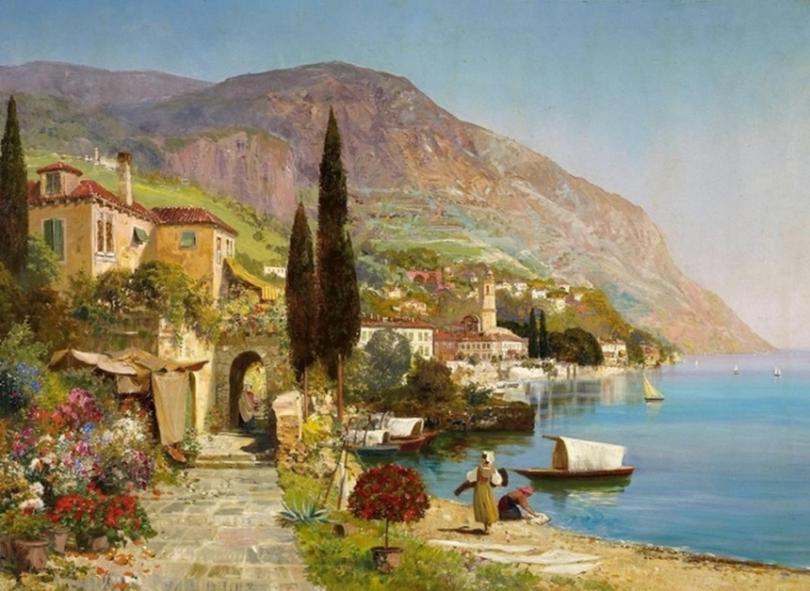
Alois Arnegger was an Austrian painter. He studied at the Academy of Fine Arts Vienna and was taught by Robert Russ and August Eisenmenger. Alois Arnegger became famous as a scene painter.
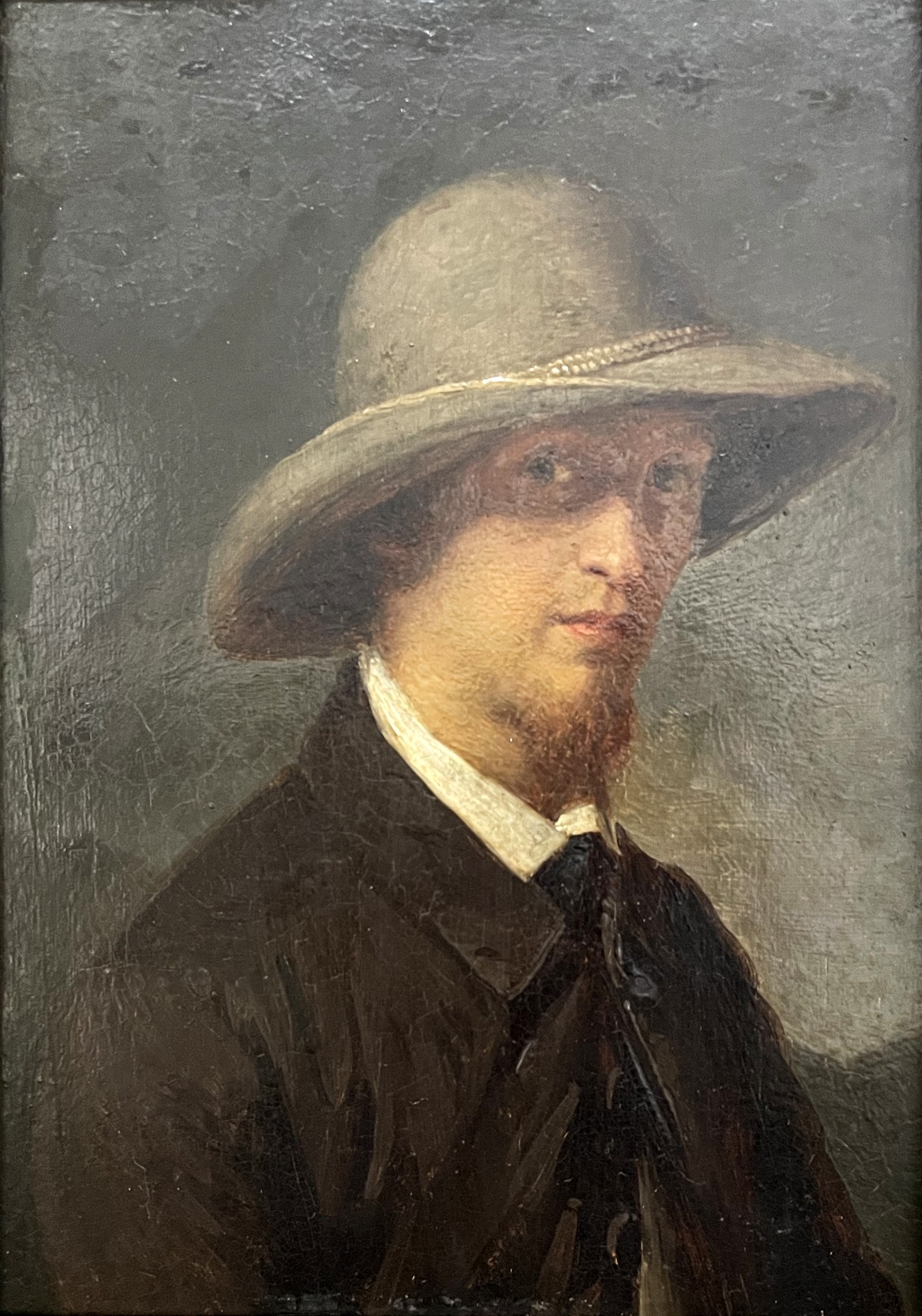
August Wilhelm Leu was a German landscape painter of the Romantic era. Most of his paintings are large format and depict scenes in Norway and the Alps. He studied painting under Johann Wilhelm Schirmer at the Düsseldorf Academy of Art.
August Wilhelm Loy's landscapes are characterized by a magnificent romantic conception of Alpine nature, masterful rendering, bright colours and well calculated light effects. Loy attached great importance to the particularly detailed design of the foreground.
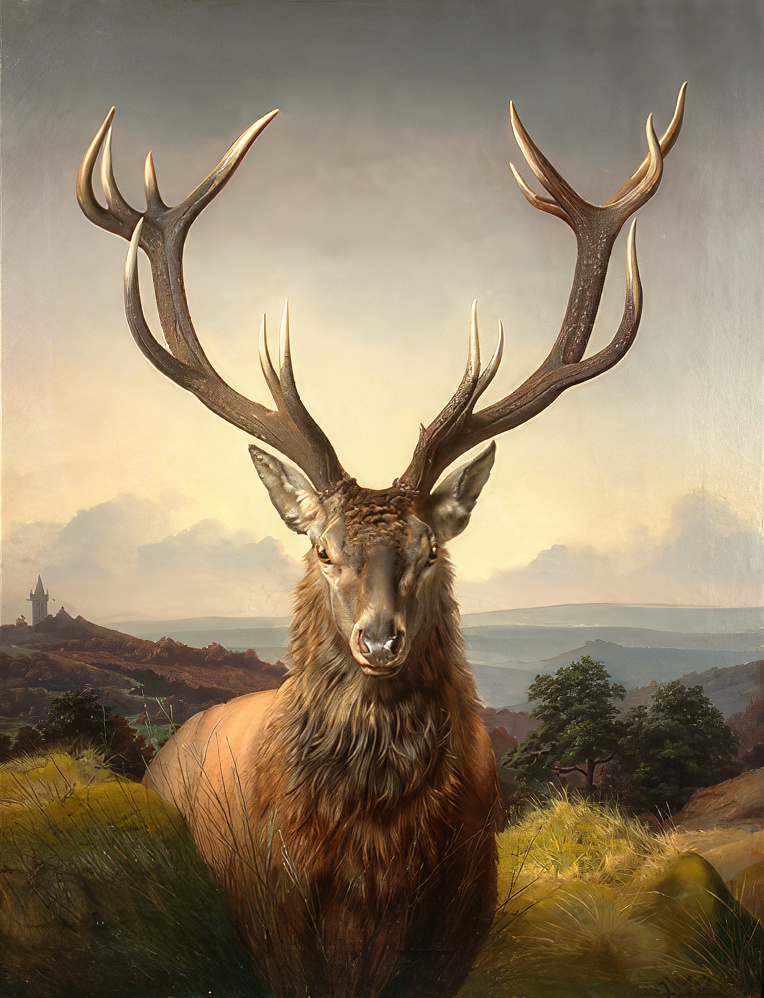
Carl Friedrich Deiker was a German animal painter.
He depicted with particular interest the wild animals of Germany - deer and wild boar; battles between male deer, broods of wild piglets escaping from hunters. Some of his canvases are devoted to birds of prey - falcons, hawks as well as grouse, grouse; the life of foxes, hares and other animals and birds. The painter also illustrated animal scenes in art magazines and hunting literature.
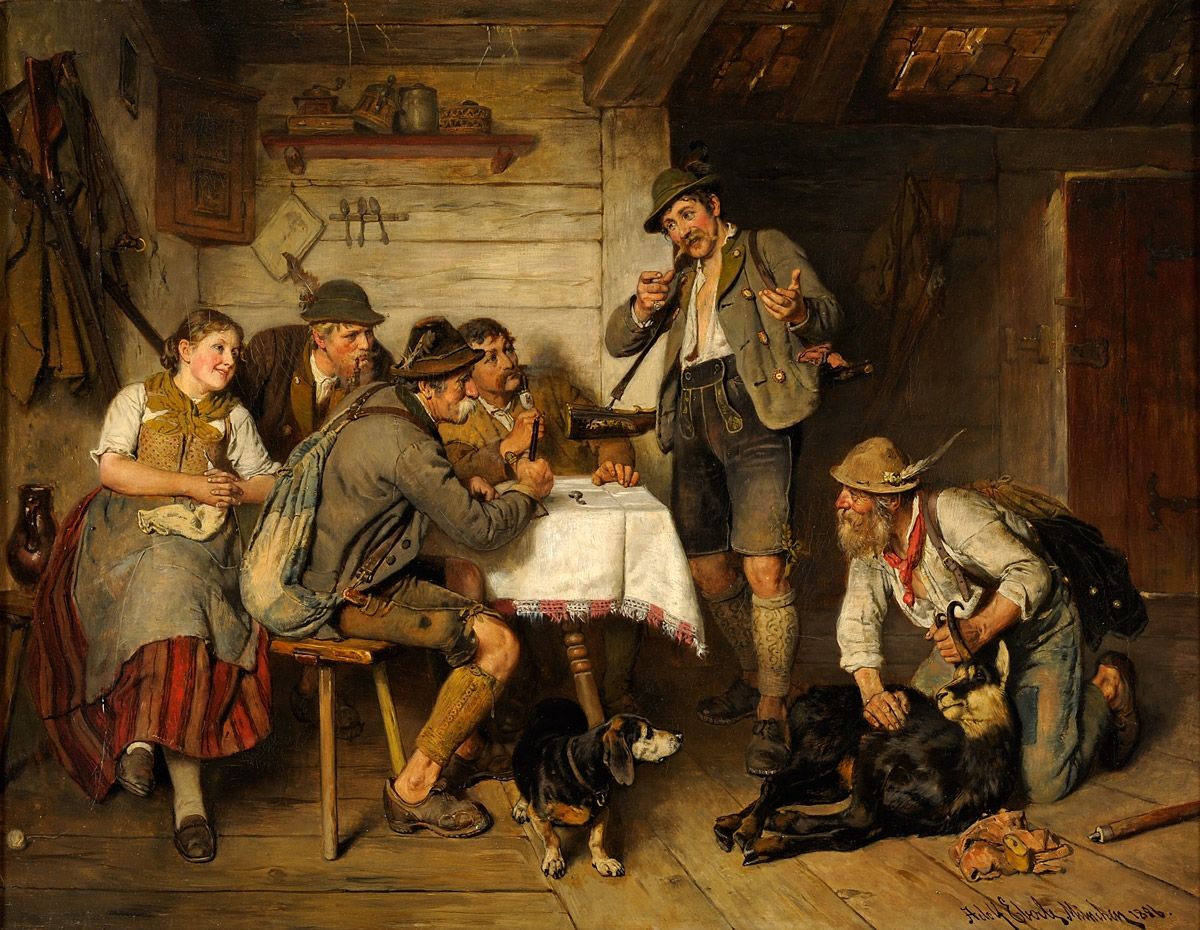
Adolf Eberle was a German painter of the second half of the nineteenth and early twentieth centuries. He is known as a genre painter and animalist.
Adolf Eberle specialized in depicting rural life, especially Bavarian and Tyrolean farmers and hunters. Early in his career, he was interested in historical subjects, but quickly returned to depicting peasant and animal life. His painting "The Sale of the Last Cow" brought him his first great success in 1861, and in 1879 at the Munich exhibition his work "The First Deer" was highly praised by the jury.
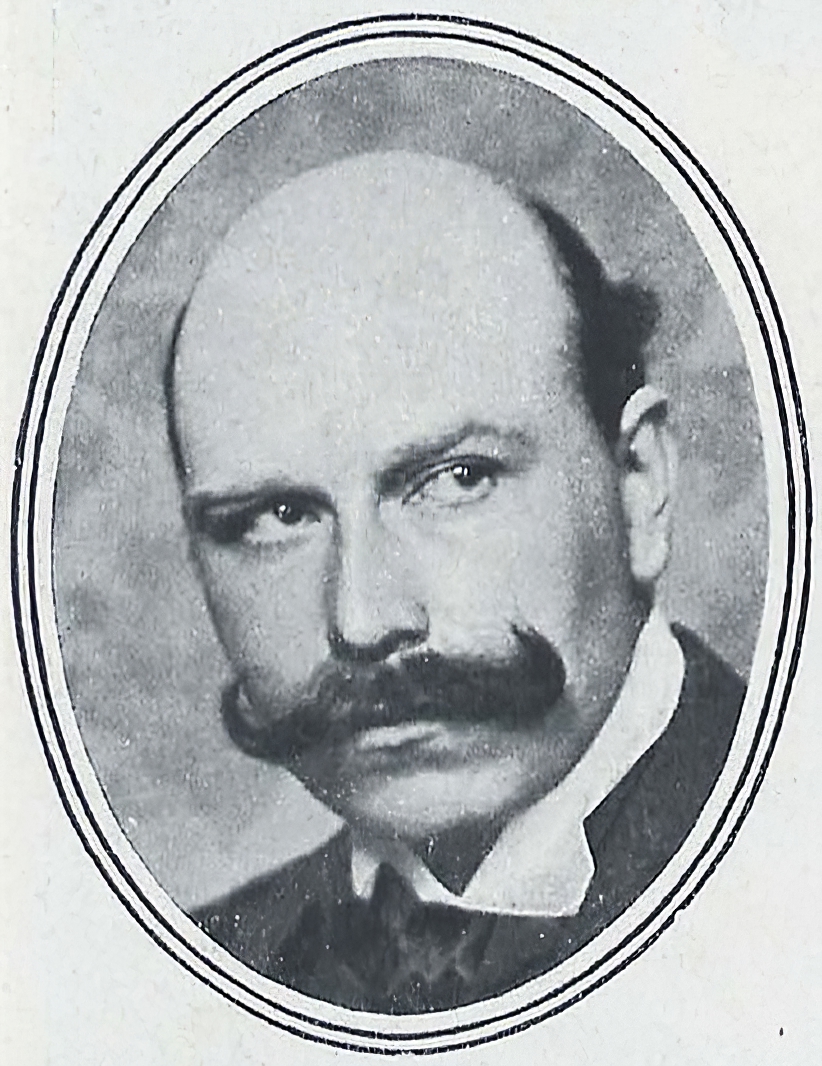
Arthur Kampf was a German painter. He was associated with the Düsseldorf school of painting.
Kampf's work is most strongly associated with the genre of traditional history painting, though throughout his lifetime he explored styles influenced by Impressionism and Art Nouveau. He was also celebrated for large scale portrait work and in particular children's portraiture. Kampf also worked extensively as an illustrator, contributing drawings to volumes by Shakespeare (1925), R. Herzog, History of Prussia (1913) and J.W. Goethe, Faust (1925). Kampf's artwork post World War II largely focused on religious themes.
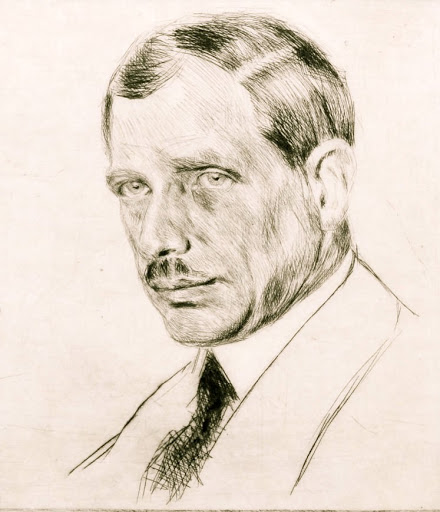
Max Clarenbach was a German painter of the first half of the twentieth century. He is known as a painter, landscape painter, genre painter and teacher and is considered one of the most important representatives of Rhenish painting of his time.
Max Clarenbach made study trips to Italy and Holland early in his career, where he formed his genre preferences and became a landscape painter. His work reflected the influence of the Hague School and the French Barbizonians. The artist skillfully depicted winter scenes and the nature of western Germany. He also painted sports and street scenes.
Clarenbach was one of the organizers of the Düsseldorf Sonderbund and taught at the Düsseldorf Academy of Art.

Max Clarenbach was a German painter of the first half of the twentieth century. He is known as a painter, landscape painter, genre painter and teacher and is considered one of the most important representatives of Rhenish painting of his time.
Max Clarenbach made study trips to Italy and Holland early in his career, where he formed his genre preferences and became a landscape painter. His work reflected the influence of the Hague School and the French Barbizonians. The artist skillfully depicted winter scenes and the nature of western Germany. He also painted sports and street scenes.
Clarenbach was one of the organizers of the Düsseldorf Sonderbund and taught at the Düsseldorf Academy of Art.

Max Clarenbach was a German painter of the first half of the twentieth century. He is known as a painter, landscape painter, genre painter and teacher and is considered one of the most important representatives of Rhenish painting of his time.
Max Clarenbach made study trips to Italy and Holland early in his career, where he formed his genre preferences and became a landscape painter. His work reflected the influence of the Hague School and the French Barbizonians. The artist skillfully depicted winter scenes and the nature of western Germany. He also painted sports and street scenes.
Clarenbach was one of the organizers of the Düsseldorf Sonderbund and taught at the Düsseldorf Academy of Art.
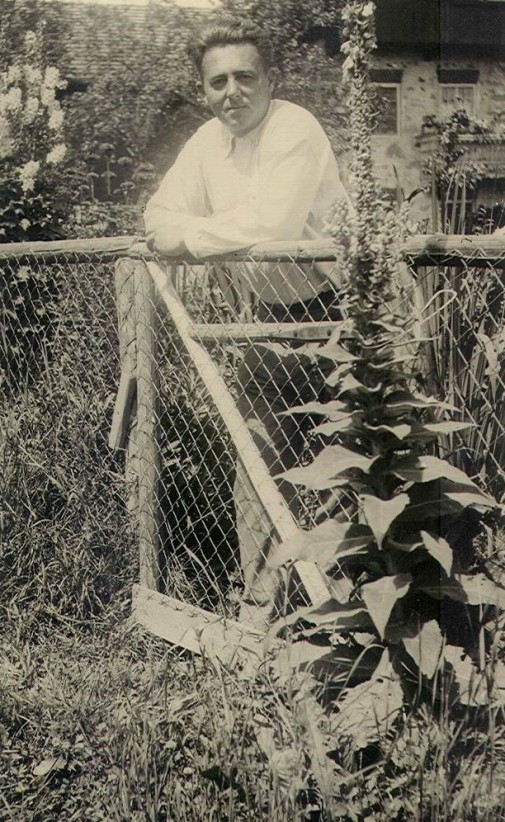
Arnold Balwé was a German post-impressionist painter.
He studied at the Antwerp Academy of Art and the Academy of Fine Arts in Munich, traveled extensively and painted landscapes he saw. Balwe's work is characterized by color intensity and vitality.
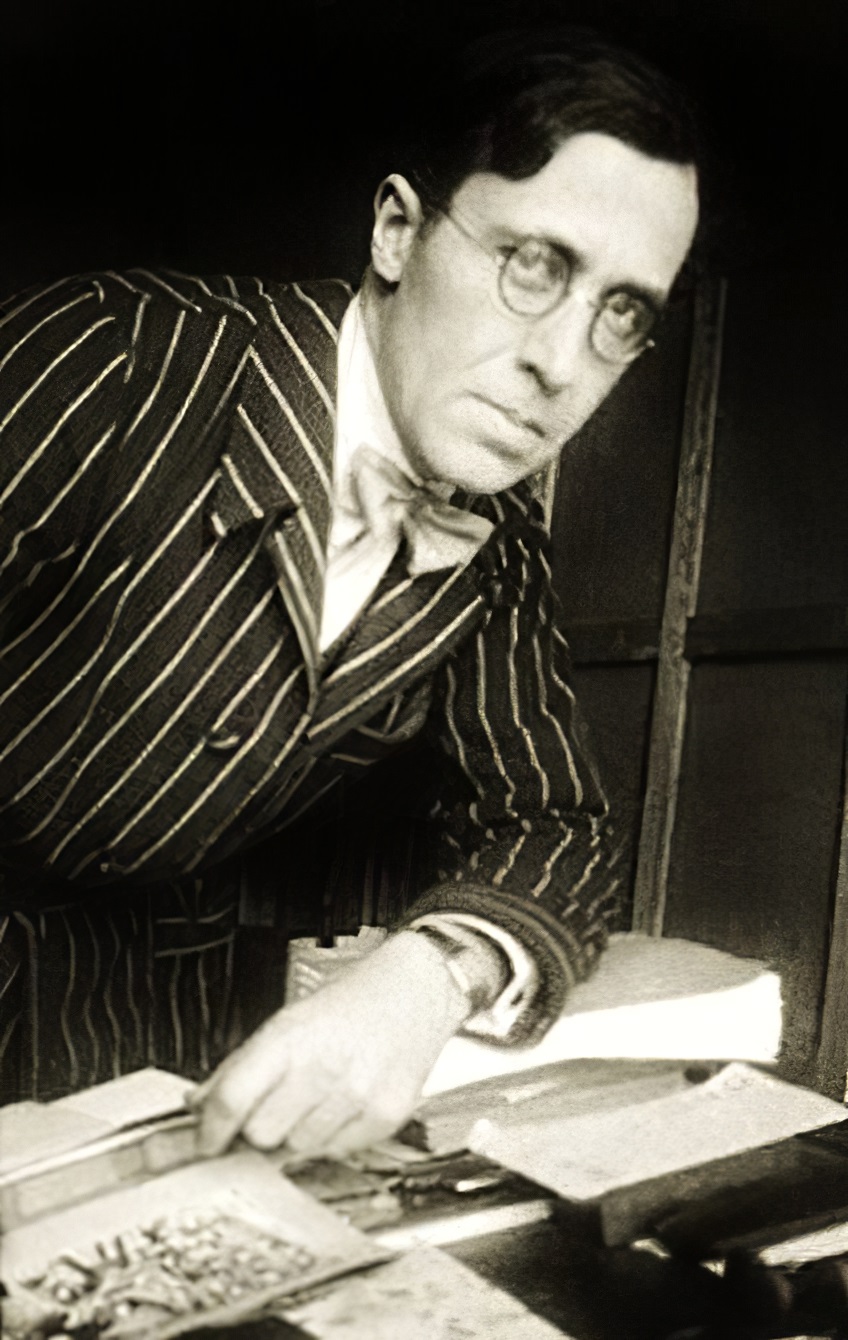
Frans Masereel was a Flemish painter and graphic artist who worked mainly in France, known especially for his woodcuts focused on political and social issues, such as war and capitalism. He completed over 40 wordless novels in his career, and among these, his greatest is generally said to be Passionate Journey.
Masereel's woodcuts influenced Lynd Ward and later graphic artists such as Clifford Harper, Eric Drooker, and Otto Nückel.
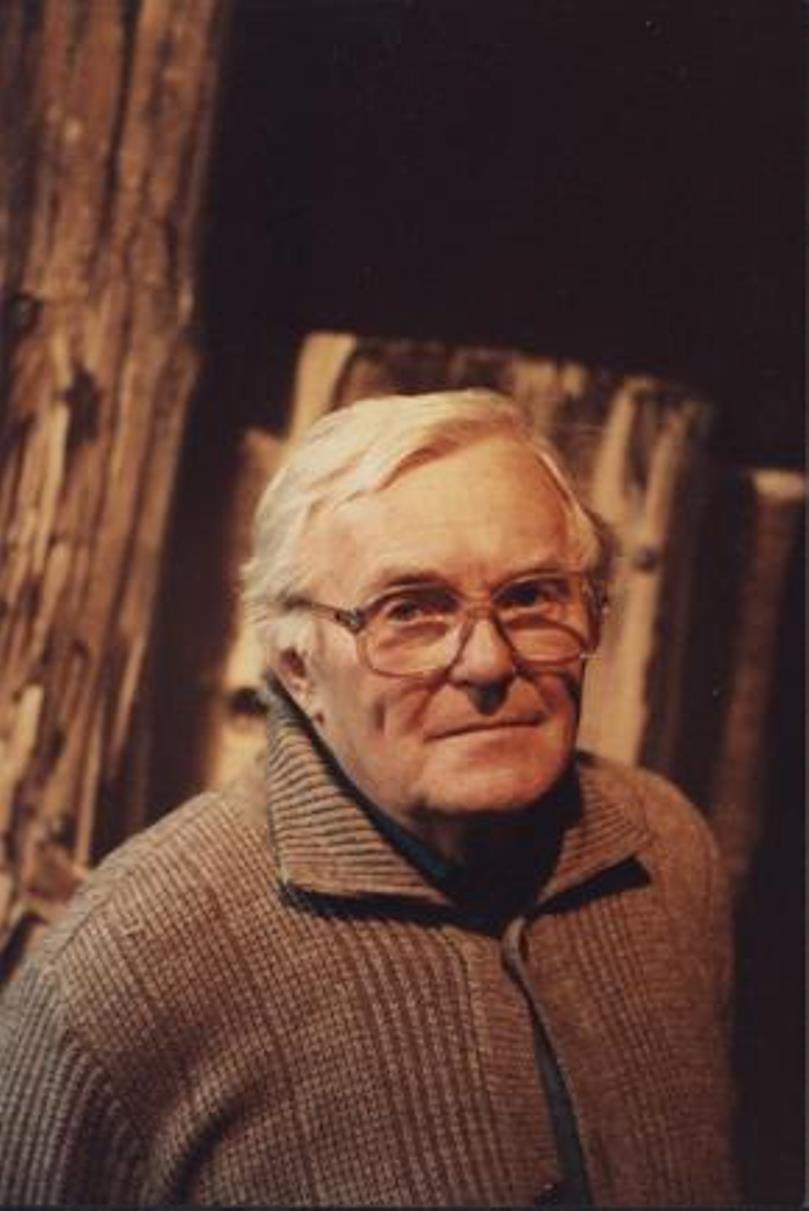
Gerd Baukhage is a German abstractionist painter.
He studied at the Dusseldorf Academy of Art and painted realistic landscapes. Participation in World War II and Soviet captivity strongly influenced the artist's outlook and he moved on to abstract expressive works.
Human suffering and misery in the form of "blockages" and "obstacles" were the theme of Bauckhage's work in the later years of his life. One of his famous creations on the theme of violence and mass murder is the series Execution Machines.






